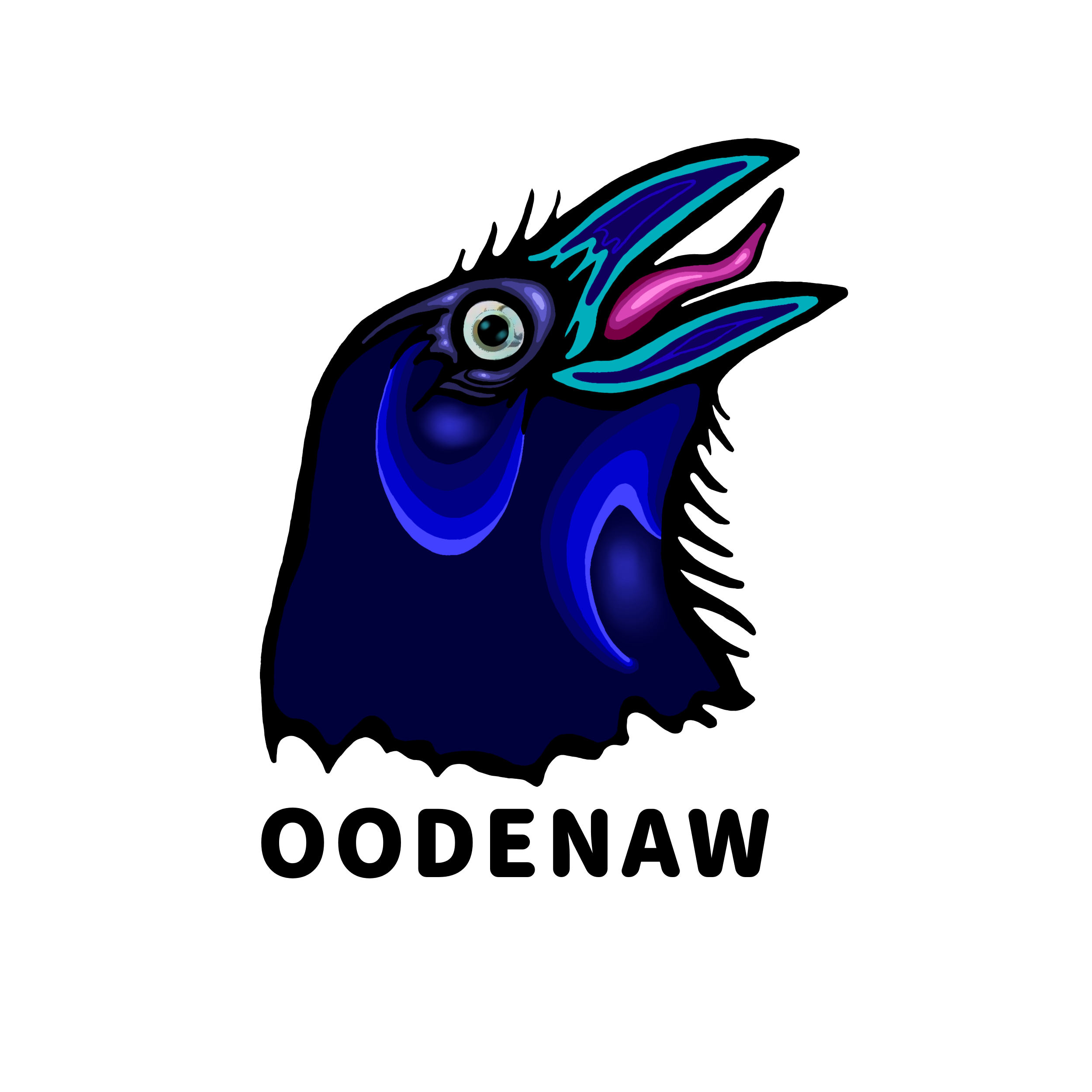Why create a poetry kit for your language?
It's a great way to help learners to understand how pieces of your language fit together. For example, in Anishinaabemowin, there are so many little morphemes with big meaning that having colour-coded tactile pieces is an easier way to learn, plus it's fun!
Companies Used
For printing/layout of magnets
If you choose to go with this company, you should ask them to be extra careful about the magnets and using strong enough glue because during shipping the magnets were pulled off of the plastic clips and this has been a huge headache to sort out. When I reviewed the product with this information, they responded and said that this wouldn't happen again, but if it does, I would file for a refund. They were otherwise helpful and responsive.
Costs
This was not an inexpensive project to work on so if you don't have capital saved up, I suggest applying for some grants. If you're in BC, First People's Cultural Council will likely be opening up grants again in the Fall, and I'm sure other organizations will as well.
I ended up printing 250 kits. The following chart outlines the costs (in CAD) of the project. I paid $240 for layout because I was really frustrated when working on it by myself, but I now have a template that I am willing to share. It may or may not work for your language; it's worth a try! Reach out and I will send you a copy.
|
Item |
Cost |
|
Magnets printing and shipping |
$2589.73* |
|
Magnet Layout |
$240 |
|
Magnet Proof |
$60.00 |
|
Books |
$804.77 |
|
Book Shipping |
$140* |
|
Magnetic Clips |
$260.61 |
|
Total |
4095.11 |
*Magnet costs may vary depending on how many words you include/word size etc and shipping costs will likely vary based on your location too.
Process
- Deciding what words to include
- I used one Excel file opened a tab for each part of speech that I wanted to include (nouns, verbs, suffixes, prefixes, etc).
- I ended up with 14 different parts of speech. I also included a copy of the alphabet with two of each letter so people could add words I didn't add.
- I assigned a colour to each part of speech. This was really difficult with 14 different parts of speech. I wasn't able to find a way to accommodate colour blind people. I would be grateful to anyone with expertise in that area to reach out.
- Finally, I tested the words I chose by printing them and cutting out each word/morpheme individually. I then had a group of Anishinaabemowin learners play with them and provide feedback. This step came after I had prepared the glossary so I was able to provide the glossary as reference for the learners as well.
- Preparing the words for printing
- Once I had decided on which words to use, I sorted them in each tab from shortest to longest (here are some instructions on how to do this in Excel).
- Next, I saved the words in separate word documents maintaining the shortest to longest order (i.e. one document for nouns, one for suffixes etc). I saved the files as the colour code (CMYK) that I wanted them to be printed on.
- Working on the glossary
- If you are building a kit, get in touch and I will send you the a PDF of my glossary. This will be unique to your language, but having mine for reference may help.
- I prepared the glossary using Adobe InDesign.
- I paid a friend to draw a cover image (@Sebr3z on Instagram).
- I had the glossary checked over by an advanced speaker and several learners and made changes accordingly.
- I saved the file as a high-quality print PDF with bleeds and cut lines and sent to the printers.
- Now I get to watch my friends, family, community members, and other language learners play with the magnets. It's so amazing. Maamakaaj!
I hope that you found this helpful. Please feel free to get in touch for any other advice or information. Miigwech (thanks) for doing good work!


1 comment
Hi Carmen,
This is great, and I want to get a set. However, if I may, suggest that you do one using everyday words that we use in Anishnawbemowin, such as, fridge, stove, plate, feelings etc… Also, which dialect do you use? I see spelling differences than the one I’m currently being taught. Which is I believe, eastern Ojibway dialect, from the Native Canadian Centre in Toronto. The teacher is from Sagamok Anishnawbek, also in Ontario. Chi-Meegwetch! What a fabulous idea!! Donna